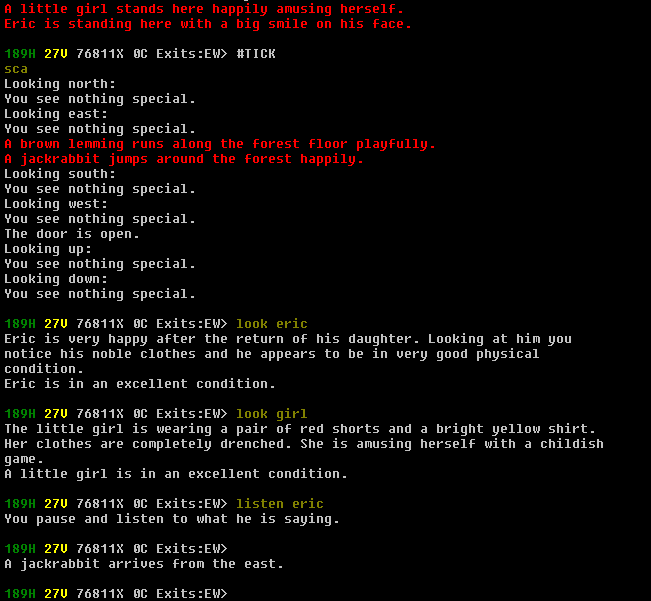The following is an excerpt from a keynote I will be giving on February 13th for the University of Alberta.
There is a technology our students use that is destroying their ability to learn actual mathematics.
This technology is so advanced that you can use it to find any formula. In fact, almost all of mathematics we know is available via this technology. Some students, lacking the resources at home, are able to go to the library and use this technology and learn all of the mathematics we teach ahead of time, thus destroying our lessons during the year. Other students can even access this technology from home!
When using this technology, students don’t need to think. It can record every step they do during a problem so they don’t need to actually remember where they are. In fact, if they have done a similar problem before, they can just copy the steps from the previous time.
Students are using this technology to share ideas outside of class; plagiarism and cheating is rampant because of the ease of sharing provided by this technology. This technology is inequitable because not all students have equal access to it at home. Some of our homeless students, for example, do not have access to this technology at all.
Further, the production of this technology is damaging our ecosystem, and we throw millions of tons of it away each year. It is an environmental catastrophe in our schools, and something must be done.
Yes folks, it’s time. We need to stop using paper in our mathematics classes.

Photo by Simon Stamm
Sarcasm aside, this objection to paper, pencils, and writing in education is a real one, at least in the age of Socrates, who (according to Plato) said,
"…this discovery of yours will create forgetfulness in the learners’ souls, because they will not use their memories; they will trust to the external written characters and not remember of themselves."(Dialogues of Plato, Phaedrus, pp. 275).
It is true that pencils and paper require the person using them to know less, and to allow the medium of pencil and paper to hold information for them. Pencil and paper can be thought of as a solid state storage device with a low ratio of information to volume capacity, and a terrible indexing system. Pencil and paper are like a hard-drive for the mind.
However, the fact that pencil and paper require less memorization of information does mean that they result in less thinking. In fact, our entire civilization’s technological advances rest on the fact that we first created a very portable, reusable, and reasonably durable medium upon which we could record our discoveries for the next generation. What will happen to our society when the fundamental medium of communicating ideas changes?
The photocopier did not change education. It made the lives of teachers easier, but very little about the pedagogy the teachers used with their teachers changed. Teachers taught lessons, and students practiced what the teachers taught through their worksheets. Penmanship suffered, since students were no longer required to carefully transcribe the worksheet from the blackboard, but the trade-off was that students and teachers got more time to discuss the ideas being presented.
The Internet, on the other hand, will change education. As we become better connected as schools through the Internet, good educational practices which once took decades to take hold in the education world, will begin to spread more rapidly. We will find new ways of connecting our students with content, and it will become less important to attempt to contain every important fact about the world in our heads. Our memorization skills will suffer, but the trade off will be that we will have access to a much larger set of information as a result. Knowing facts will still be important, but knowing how to learn new facts will increase in importance. The computer, as a tool to interact with the Internet, will become a necessity for all schools.
Unfortunately for education, some of the ways computers have been introduced into schools have been somewhat ridiculous, to say the least. Seymour Papert used the analogy of the pencil to show just how nonsensical some schemes for introducing computers into schools are. He said,
"Imagine (if you can) that we lived in a world without writing-and, of course, without pencils, pens and books. Then one day, somebody invents writing and the pencil, and people say, “Wow, this would be great for education. Let’s give these things to all the children and teach them to write.” So then somebody else says, “Hey, wait a minute. You can’t just do that. You can’t just give every child a pencil. You’d better start by doing some rigorous experiments on a small scale. So, we’II ‘put one pencil in a classroom and we’ll see what happens. If great things happen, we’ll put two pencils in a classroom, and if greater things happen, then we’ll put in more…" (Papert, S. 1984.)
Our generation has a new technology, the computer, to replace paper and pencil, excepting where paper and pencil is still more efficient or more educationally sound. A reasonable question to ask is, to what extent should the use of a computer replace the now traditional use of pencil and paper in schools? An even more reasonable question to ask is, how does school change with the introduction of computers?
There will come a day when our descendants will not look at computers as a type of technology anymore than most of us see pencil and paper as a form of technology. In that time, some of the concerns we have today will be seen as antiquated, and even bizarre.
Read more
References:
Papert, S. (1984). “New Theories for New Learnings.” School Psychology Review, Oct. via http://dailypapert.com/?p=755
Plato,. (1875). The dialogues of Plato. 2d ed. Oxford: Clarendon press.






